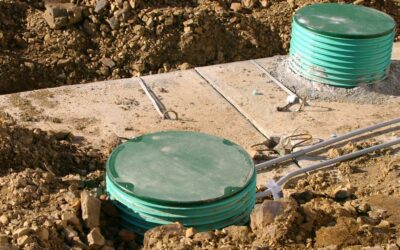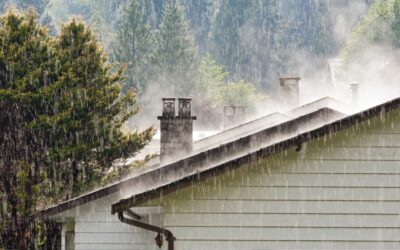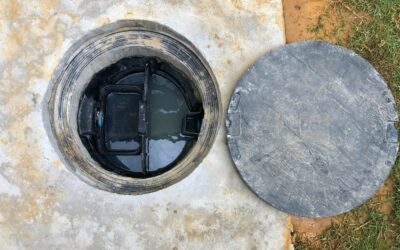Grease traps are hidden heroes in both commercial kitchens and some homes, catching grease before it causes issues down the line. However, without regular cleaning, these traps can become a source of bad odors and plumbing nightmares. That’s why knowing how to clean a grease trap the right way — even if it’s your first time — is valuable knowledge.
Maintaining a clean grease trap is not just about keeping operations running smoothly; it’s about sustainability and responsibility. Untreated grease can wreak havoc on wastewater treatment processes and harm the environment.
Therefore, whether you’re a restaurant owner in bustling Central MA or a homeowner looking to keep your septic system in top shape, understanding the basics and importance of grease trap cleaning is essential.
What is Grease Trap Cleaning?
What is Grease Trap Cleaning? Simply put, grease trap cleaning involves removing fats, oils, and greases (FOG) from a designated trap to prevent sewage system blockages. This is a critical routine for businesses and homes where a lot of cooking happens.
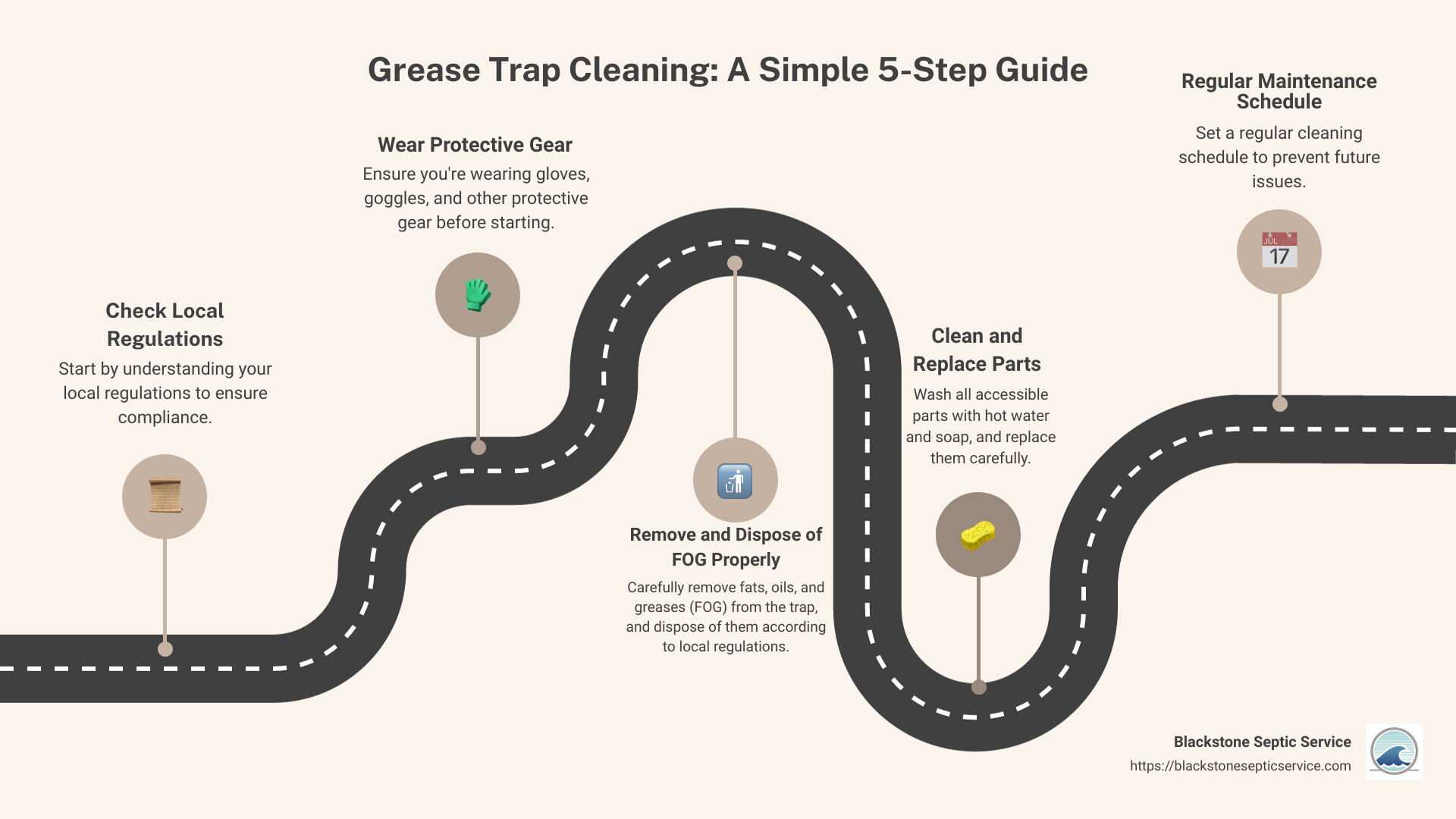
Table of Contents
Understanding Grease Traps
When we talk about keeping your kitchen running smoothly, knowing what is grease trap cleaning and how grease traps work is crucial. Let’s dive right in.
Function
The main job of a grease trap is simple but important: to catch and hold fats, oils, and grease (FOG) from your wastewater before they enter the sewer system. Without a grease trap, these substances could solidify and cause blockages in the pipes, leading to costly repairs and unpleasant smells.
Design
A grease trap has a pretty clever design. Wastewater flows into the trap, which is a box often made of metal or plastic. Because grease is lighter than water, it rises to the top. The trap holds onto the grease while letting the cleaner water flow out and continue its journey to the sewer. There’s usually a baffle (a kind of barrier) inside the trap that helps separate the grease from the water.
Types
There are several types of grease traps, each suited to different needs:
- Indoor Grease Traps: These are small and often found under sinks. They’re good for businesses that don’t produce a lot of grease.
- Outdoor Grease Traps: Larger and built to handle more waste, these are installed outside your building. They’re common in restaurants and other high-grease environments.
- Automatic Grease Removal Units: These are the high-tech option. They automatically separate the grease from water and remove it, so you don’t have to clean it out manually.
Understanding these basics – the function, design, and types of grease traps – is the first step in managing your kitchen’s waste effectively. With this knowledge, you’re better prepared to maintain your grease trap, ensuring a smooth-running kitchen and avoiding the pitfalls of clogged pipes and bad odors.
In the next section, we’ll explore when it’s time to clean your grease trap and how to recognize the signs that maintenance is needed. Stay tuned to keep your septic system in top shape and avoid unnecessary hassles.
How to Clean Grease Traps
Cleaning a grease trap is essential for maintaining proper sanitation and preventing clogs in plumbing systems. Here are 6 Tips on How to Clean a Grease Trap:
- Turn Off Power or Gas Supply (if applicable): If your grease trap is connected to any equipment like a kitchen appliance, make sure to turn off the power or gas supply to ensure safety during cleaning.
- Remove Lid or Access Cover: Use a wrench or screwdriver to carefully remove the lid or access cover of the grease trap. Be cautious as the contents may be hot, smelly, or under pressure.
- Scrape Away Solid Debris: Use a scraper or spatula to remove any solid debris, such as food particles, grease, or sludge, from the surface of the trap. Dispose of the waste in a trash bin.
- Use Grease Trap Cleaner or Degreaser: Apply a suitable grease trap cleaner or degreaser according to the manufacturer’s instructions. Make sure to cover all surfaces inside the trap, including the walls and baffles.
- Scrub the Interior: Use a scrub brush or long-handled brush to scrub the interior surfaces of the grease trap thoroughly. Focus on areas where grease tends to accumulate, such as the walls, baffles, and inlet/outlet pipes.
- Flush with Hot Water: After scrubbing, flush the grease trap with hot water to rinse away the cleaner and dislodged grease. Use a hose or bucket to pour hot water into the trap until it runs clear.
Regular cleaning and maintenance of grease traps are crucial for preventing blockages, foul odors, and environmental contamination. It’s advisable to schedule routine inspections and cleanings as per local regulations and guidelines. If you’re unsure about the cleaning process, consider hiring a professional grease trap cleaning service to ensure proper maintenance.
When to Clean Your Grease Trap
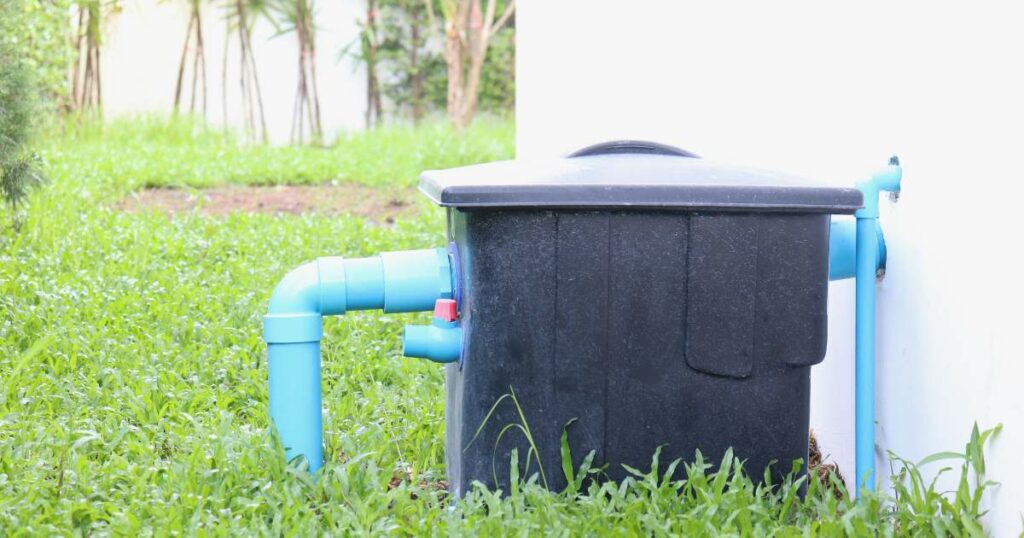
Knowing when to clean your grease trap is as crucial as understanding what is grease trap cleaning. Let’s break down the timing into three easy parts: the 1/4 rule, how often you use your kitchen, and what the law says.
The 1/4 Rule
Imagine your grease trap as a storage room. When a quarter of that room gets filled with grease and solids, it’s time to clean. This is what we call the 1/4 rule. If grease fills more than 25% of your trap, it can’t work right. It’s like trying to pour water into a cup that’s already full. The system gets backed up, and nobody wants that.
Usage Frequency
How much you cook plays a big part. More cooking means more grease. A busy restaurant might need to clean their trap way more often than a small café. Think of it like this: the more you use your kitchen, the more you’ll need to clean. Some places clean every month, while others might wait a little longer.
Regulatory Requirements
Laws and rules are there for a reason. Different places have different rules about grease trap cleaning. These laws help keep our water clean and our pipes working. It’s important to know what your city or state requires. Some places say you must clean your grease trap every 90 days, but others might have different rules.
To sum it up, keep an eye on how full your grease trap gets, know how often you’re using your kitchen, and stay up-to-date with local laws. This way, you’ll keep your kitchen running smoothly and avoid any nasty surprises.
Best Practices for Grease Trap Maintenance
Maintaining your grease trap isn’t just about cleaning it out when it gets full. There are daily habits and practices that can significantly extend the life of your grease trap, reduce the frequency of cleanings needed, and prevent emergency blockages. Let’s dive into some of these practices:
Avoiding Grease Down Sinks
The most straightforward way to maintain your grease trap is by minimizing the amount of grease that goes down your sinks in the first place. It sounds simple, but in a busy kitchen, it’s easy for this rule to be overlooked.
- Use alternatives: Instead of washing pots and pans with greasy residue down the sink, wipe them down with a paper towel first.
- Educate staff: Make sure everyone who works in the kitchen knows the importance of keeping grease and other food particles out of the sink.
Recycling Waste Oil
Did you know that the grease and oil you can’t pour down the drain can actually be recycled? Many services will collect used cooking oil and recycle it into biofuel.
- Set up a collection system: Have a designated container for waste oil in your kitchen, and train staff to use it.
- Partner with a recycling service: Look for local services that can pick up and recycle your waste oil. This not only helps your grease trap but is also good for the environment.
Limiting Garbage Disposal Use
Garbage disposals can contribute to the rapid filling of your grease trap by grinding up food waste into small particles that can get trapped.
- Compost when possible: Consider setting up a composting system for organic waste instead of using the garbage disposal.
- Use strainers: Sink strainers can catch larger pieces of food waste, preventing them from entering your grease trap.
Regular Inspections
Even with the best practices in place, regular inspections of your grease trap are essential to catch any potential issues before they become big problems.
Services like Blackstone Septic Service can provide regular inspections and cleanings, ensuring your grease trap continues to operate effectively. In addition to professional inspections, keep a lookout for signs of a full or malfunctioning grease trap, such as slow drainage or bad odors.
By following these best practices, you can significantly reduce the burden on your grease trap and ensure it continues to do its job effectively. Prevention is key to avoiding costly and messy problems down the line.
Conclusion
Grease trap cleaning is essential for maintaining a hygienic commercial kitchen environment and adhering to regulations set by the local municipality and the Environmental Protection Agency. This process involves removing grease waste and leftover food particles that accumulate in the grease trap, a steel pot scrubber located beneath the kitchen sink.
Skilled technicians or a licensed plumber typically undertake the messy job using specialized equipment like a shop vacuum to clean the trap’s parts thoroughly.
The cleaning process often requires the use of dish soap and kitty litter to properly dispose of the waste, which can emit obnoxious odors if left unattended. Without proper grease trap maintenance, heavy fines can be imposed, and the kitchen’s drain and sink may become clogged with greases and oils, compromising the clean water supply.
In conclusion, it’s crucial for businesses to clean their grease traps on a regular basis to ensure the best course of action for environmental protection and compliance.
Contact us today at Blackstone Septic Service. Don’t wait for an emergency to realize the importance of professional grease trap cleaning. Reach out to us today and let us help you keep your kitchen clean, compliant, and running smoothly.
Choosing Blackstone Septic Service
At Blackstone Septic Service, we’ve been in the business long enough to understand the challenges and nuances of grease trap maintenance. Our team of experts is equipped with the latest tools and techniques to ensure your grease trap is cleaned efficiently and effectively, reducing the risk of backups and odors, and keeping your business running smoothly.
Frequently Asked Questions about Grease Trap Cleaning
What happens if you don’t clean a grease trap?
If you ignore your grease trap, you’re in for a world of trouble. First, the buildup of fats, oils, and grease (FOG) can cause clogs, leading to backups and overflows. This isn’t just messy; it can shut down your kitchen. Plus, there’s the smell – trust me, it’s not pleasant.
Over time, the acids in the waste can even damage your trap, leading to costly repairs or replacements. And let’s not forget, failing to maintain your grease trap can attract hefty fines from local authorities due to environmental hazards.
Can you clean a grease trap yourself?
Technically, yes, you can clean a grease trap yourself. It involves removing the lid, scooping out the FOG, scraping the sides, and properly disposing of the grease trap waste. However, it’s messy, smelly, and requires specific tools. Plus, if not done correctly, you could damage the trap or not fully resolve the issue, leading to bigger problems down the line.
For these reasons, many choose to hire professionals like Blackstone Septic Service, who have the right tools and expertise to do the job efficiently and effectively.
Our Content
Our experienced septic tank specialists have carefully reviewed and edited all of the content to ensure that it meets our high standards for quality and accuracy. At Blackstone Septic Service, our mission is to provide unparalleled expertise and service excellence in the realm of septic system care. With a dedicated team of professionals committed to delivering top-tier septic smells solutions, we specialize in comprehensive services such as routine maintenance of clogged drains, septic tank pumping, proper grease trap maintenance, clean grease traps, and new system installations. Blackstone Septic Service is a family-owned company with highly trained technicians, with over 75 years of experience in septic tanks.

